Articles and News
Marketing To Women Is A Whole New Dance, Part II: How Women Perceive Value | August 21, 2013 (0 comments)
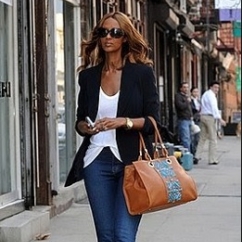
Last week, Part 1 of this series discussed how the recession has permanently altered women’s attitudes and the impact it has had on the way they shop. In the Part II conclusion, we examine what women believe has real value, how they view fine jewelry and other luxury products, and the art of making a deal.
Where women spend money. “The design community has to get its arms around the fact that women go for solid foundation items and add accessories like a colorful watch, chocolate diamonds, and so on. They have fun with it but it’s not their main expense,” Bonnie Ulman, co-author (with Sal Kibler) of Hustle! Marketing To Women in the Post-Recession World, told The Centurion in an exclusive interview.
This attitude is the same across the board for all women, just executed at different price levels for different income levels, she said. Affluent women may not be as conscious of price as lower-income women, but they’re just as conscious of value, and the product has to have personal value to them.
Fine jewelry is a lasting-value product that won’t wear out and can be remade if it’s out of style, so it should resonate with value-conscious women. But is that what’s really happening?
It depends on the age of the customer, says Ulman, verifying a trend that scares luxury jewelers. “We were surprised by our findings. Boomer women have either inherited or worked very hard to acquire high-value pieces, but younger women just aren’t as invested in [acquiring] those pieces.” (See what The Luxury Institute says about wealthy women’s jewelry preferences here.)
Ulman cites one focus group where a young woman said everyone compliments her beautiful platinum engagement ring—which is neither platinum nor diamond. The young woman said, “I know it’s not platinum, but they don’t. I was happier with a really beautiful CZ than the diamond we can afford. I don’t get the value of a diamond anyway. It comes from the ground and this comes from a lab, but so what?”
Ulman acknowledges this is an extreme example, and most women don’t want a CZ engagement ring—even a very high quality one—but it does speak to the trend that design matters more to Millennials than material.
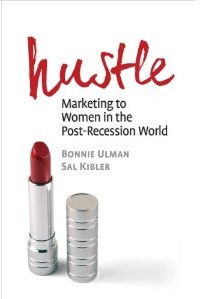
Ulman and Kibler's book.
Myriam Gumuchian of New York-based Gumuchian, a company with a strong following of female jewelry self-purchasers, concurs that customers are looking for more discreet, smaller pieces, and less bling. Yellow and rose gold are back, “big time,” she added. Long necklaces, earrings, and rings are the top-selling categories. Layerable and stackable are the key words. A short pendant will sell—but she can’t remember the last time she sold a short necklace.
Retailer Colleen Rafferty—who, with partner Diane Christensen (Christensen & Rafferty) also caters to a heavily female clientele—says even if it’s very fine, it has be a casual look, at least in her area, which is in the heart of Silicon Valley.
“We’re very tech here, so it’s all low-key. I was just talking to a client yesterday, who said she hardly ever wears her dressy pieces anymore—maybe a couple of times a year. The rest of the time she needs jewelry that she can wear with Lululemon (exercise clothes).” Most women don’t even wear pantsuits to work anymore, she added, further driving the need for ultra-casual, laid-back jewelry.
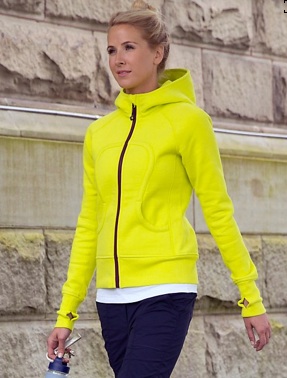
Workout gear isn't just for the gym anymore, and women want jewelry they can wear with it, says Colleen Rafferty. Photo: Lululemon
Many of Rafferty’s clients can afford very high-end pieces, but they’re more focused on having things that are unique and that they can’t find anywhere else. And they may spend the same, just on multiple fashion pieces rather than one standout pricey piece. She and Christensen have added lines like Somers and, recently, India Hicks, whose silver alphabet pendants have the right mix of fine and casual.
Still, some luxury brands have not only returned prices to their prerecession levels, they’ve surpassed them. Especially is this true of handbags and shoes.
“The luxury market is pricing itself out of luxury and into super-luxury,” Ulman said. Rafferty concurs; she says clients who spend $1,800 to $2,000 on a handbag without thinking twice still think twice about spending it for jewelry.
The “beacon” piece. Whatever the category, Millennials generally want a few “beacon” pieces, and the rest, frankly, is disposable. Ulman relates a conversation she had with a 25-year-old debutante: she and her friends don’t register for fine china or sterling flatware, which used to be de rigueur for their socioeconomic class, especially in the South (Ulman is from Atlanta).
“Many of my younger focus group members are from very affluent families. They’ll buy (or inherit) a few standout pieces of furniture and accessories ‘so we feel comfortable entertaining’ but the rest can come from IKEA. The idea is that when they move they are not burdened by carting so much stuff.”

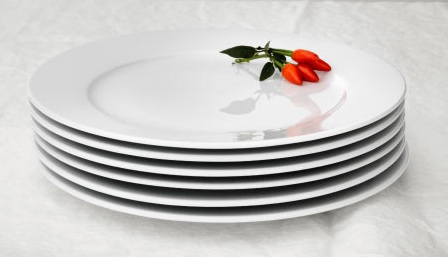
The beacon piece: Millennials often will choose a few fine beacon pieces—such as this 12-inch Versace Barocco service plate from Rosenthal china ($265)—to augment a closetful of well-designed but inexpensive items like this basic white dinnerware from IKEA, right. This mindset extends to all categories, says Ulman.
She cites a client who’s struggling with that Boomer vs. Millennial customer [issue]. “They say ‘our look, our tone, our message, our product portfolio just isn’t resonating’ with Millennials.”
Rafferty’s younger customers who are starting to build collections are building memories, she said. Whether it’s the piece she buys after a promotion or when a special team project is finished, it’s all about the memory, not the price.
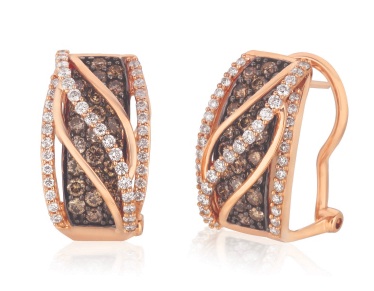
Author Bonnie Ulman suggests chocolate diamonds as a fashionable accessory for jewelry-loving women. Here, Ocean Wave earrings from Le Vian.
Does celebrity style or endorsement matter? Ulman believes the proliferation of celebrity magazines and websites like TMZ.com and E! seve as a distraction, not a style guide, especially given the rise and crash of some celebrities.
While celebrity red carpet appearances may help women recognize trends or give them ideas about what to wear for a given event—but unless a woman is a devout follower of fashion, she’s not going to remember who wore what, says Ulman. She’s only going to remember who looked beautiful and who looked like a fashion disaster.
For jewelers, having a look book that includes celebrities as well as current fashion editorial is a good guide for customers, especially for those who have already experienced customers bringing in a magazine ad or photo and looking for the same piece.
Let’s make a deal. Women—even ultra-affluent women—are trained to look for the deal. If they weren’t before the recession, they certainly are now. Ulman says there still are some women who will pay top dollar to fill an emotional void, but most women insist on the deal. If you don’t discount—which is ok—you’d just better have the “deal” some other way, such as excellence of transaction or outstanding experience.
Says Rafferty, “Our customers look for style, and for unique things they can’t find anywhere else. We’ve price-pointed very well, so there doesn’t seem to be pushback, but I think we appease [the bargain hunting instinct] with promotions.
“It doesn’t have to be about price, it’s the experience,” she emphasized.
Top image: Zonespeech.blogspot.com







